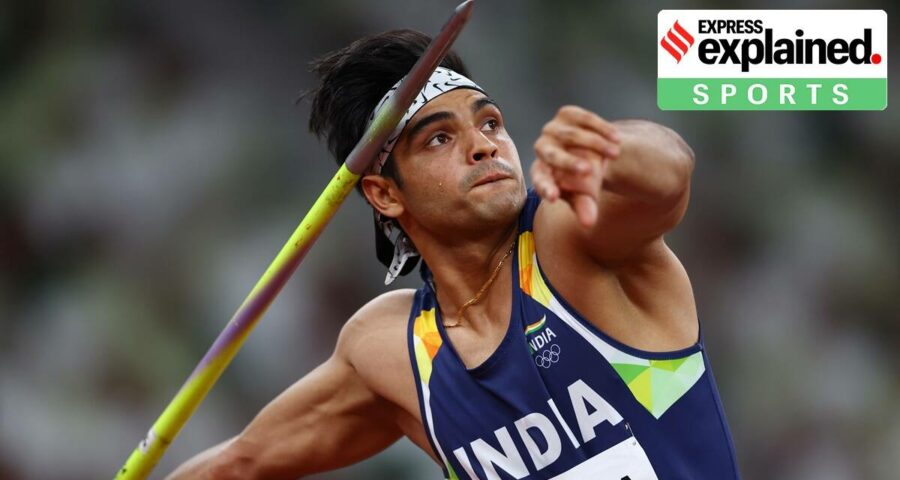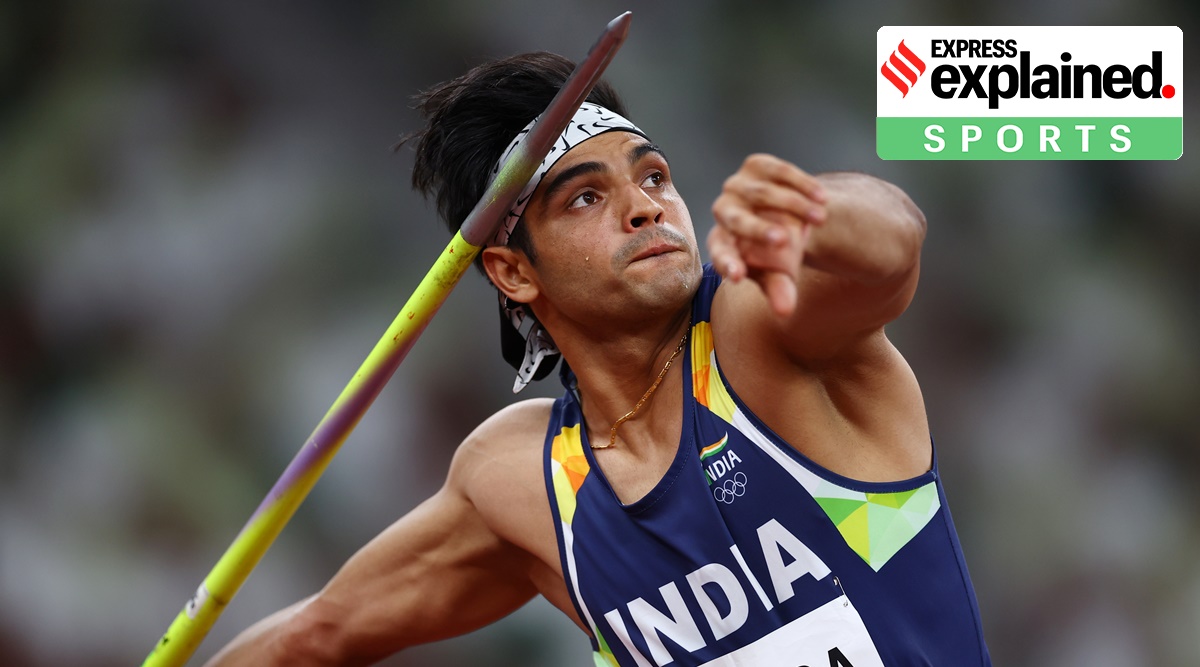The Javelin throw is a rare event where the IAAF intervened to change rules to force throw distances to be reduced, as changes (based on physics!) such as hollow, designer cross-section, the surface texture made javelins more aerodynamic, Dr Arnab Bhattacharya explains.
While India took in the glory of Neeraj Chopra’s win in men’s javelin at the Tokyo Olympics last week, not many would know what drove the metal spear thrown from the man from Panipat to fly over 87.58m to claim the first athletics gold medal for independent India.
Dr Arnab Bhattacharya, Professor at the Department of Condensed Matter Physics & Materials Science, Tata Institute of Fundamental Research, Mumbai, took to Twitter to explain the physics and history of the sport.
Though high school physics says that for max range, a projectile should be launched at a 45-degree angle, it is true only when the launch and the target are at the same height, he tweeted. He explained that in javelin throwing the launch is ~2m above ground and the target is at the ground and there are many aspects of aerodynamics involved. This makes the optimal angle is ~36 degrees.

The size, shape, minimum weight, center of gravity of the javelin, surface finish (no rough paint, dimples etc), and allowed throwing techniques are all regulated by the International Association of Athletics Federations, the professor highlighted. The javelin must dip at all times in flight and the tip must hit the ground first.
Other variables that determine the trajectory and final distance thrown are the initial run-up, angular momentum, release dynamics (speed, height, angle). According to an article in conversation.com, the average maximum run-up speed of an elite thrower ranges from 5-6m/s (20km/h), and elite throwers release the javelin at 28-30m/s (100km/h).
Prof Bhattacharya adds that the angle of attack, wind direction and speed, air temperature, and density also play important roles. “Looking purely at the physics of the throw – for the javelin, lift from the air is an important factor. Lower air temperature means slightly denser air, which gives slightly more lift that enables a slightly more distance covered. These effects will be small, but remember that in the Olympics you can break a record or miss a medal by just a few mm,” he explained.
The Javelin throw is a rare event where the IAAF intervened to change rules to force throw distances to be reduced, as changes (based on physics!) such as hollow, designer cross-section, the surface texture made javelins more aerodynamic, he tweeted.
Asked if there are any more changes that can be made based on physics, he explained that the IAAF has taken care to avoid “high tech gimmicks” that can boost performance – “which would be available only to people who could afford to put in the resources to do all kinds of aerodynamic simulations and make “better” javelins…”
Newsletter | Click to get the day’s best explainers in your inbox
“I’d really love to see if someone can figure out a different way to throw it which makes the javelin go further. Of course, in today’s world, given that you have access to powerful computation and all sorts of sensors, it would again be easier for well-resourced participants to play around with different throwing styles and see what might work better, while still being within the extant rules,” he added.
Source: Read Full Article


